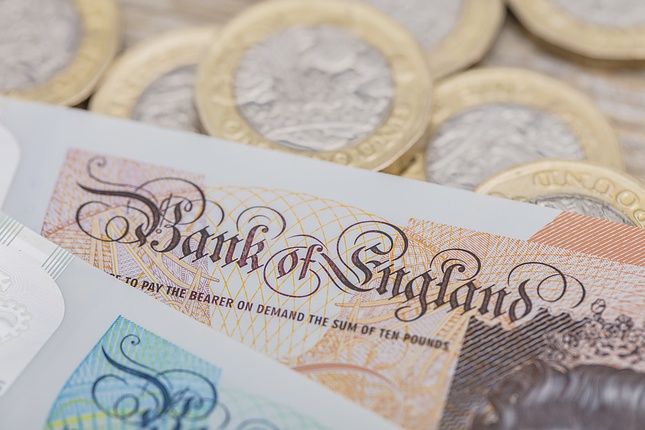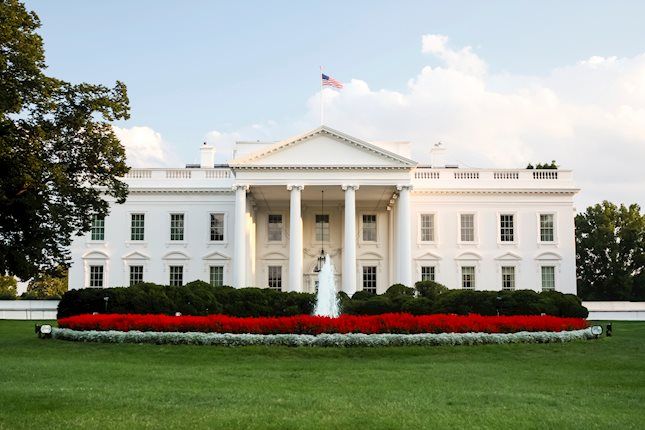Asia wrap
Despite a few glimmers of green, the relentless march of the King Dollar continues to loom like a storm cloud over Asian markets. Risk appetite has been subdued as traders digest the reality that the Federal Reserve may not be in the mood to cut rates as aggressively as many had hoped. The U.S. economy's resilience, paired with rising concerns over ballooning fiscal deficits post-election, has forced investors to temper expectations for rapid policy easing—casting a chill across the region.
In China, the big question is whether the stock market rally has any real staying power. A state-backed think tank has pitched the idea of issuing a hefty 2 trillion yuan in special government bonds to create a market stabilization fund—a move designed to inject confidence into a market teetering on the edge. Yet, despite the bold proposal, there's a sense that Beijing remains in reactionary mode, playing catch-up rather than getting ahead of the game. The whispers from policymakers suggest they're throwing everything at the wall to see what sticks, but it's unclear if these measures will provide more than a temporary reprieve. Global forces, particularly the dollar’s dominance, continue to heap pressure on Asian currencies and asset prices, creating an uphill battle.
And with U.S. fiscal dynamics set to worsen after the election and the Fed sticking to a more cautious tone, Asia's outlook feels more like a slow slog than a breakout moment. Investors are left wondering if the region can shake off the heavy hand of King Dollar or whether they’re in for a prolonged grind through the global economic uncertainty.
Gold markets
Gold continued its upward march as investor demand showed no signs of cooling off, fueled by escalating geopolitical tensions. With the Middle East on a knife's edge, traders seek refuge in the precious metal. But there’s more to this gold rush than regional conflict. Investors are growing increasingly jittery over the possibility of a Republican victory in the upcoming U.S. presidential election, fearing that it could not only send U.S. debt spiralling but also plunge the global economy into chaos, courtesy of a potentially devastating trade war. The safe-haven appeal of gold is shining brighter as uncertainty takes center stage.
Gold's recent rally has defied its traditional inverse relationship with real yields, breaking the mould even as 10-year reals hit highs of 2.50% over the past year. Interestingly, despite the Fed's rate cuts last month and a subsequent 30bps rise in 10-year reals, gold has surged by 7%, highlighting a decoupling between the precious metal and real rates that began a year ago.
While many have wondered about gold's rich valuation relative to real yields, it's difficult to find another lens through which to assess its price. After all, gold is an inert metal, and its value is often compared to the opportunity cost of not earning the inflation-adjusted risk-free rate.
Some of this rally is a classic flight to safety amid escalating tensions in the Middle East. But it’s not just the threat of regional conflict driving demand. There’s that omnipresent narrative around central bank buying, especially among BRICS nations, as they look to diversify away from the U.S. dollar in the face of potential sanctions. This story fuels the bullish fire, but it’s not the whole picture.
Behind the scenes, there’s a quieter but growing concern about America’s fiscal health. With the election looming, whispers of a U.S. debt crisis are gaining volume—even if deficit fears are often more bark than bite. Still, for many gold investors, perception is reality, and the current rally could reflect deeper worries about dollar debasement and a fiscal path that seems increasingly unsustainable.
Oil markets
Meanwhile, crude oil is climbing higher as traders fret over potential supply disruptions in the Middle East. The situation is heating up fast, with Israel possibly gearing up for a strong retaliatory strike against Iran after a Hezbollah drone attack came dangerously close to Prime Minister Netanyahu’s residence. On top of that, Israel’s military campaign in Lebanon is showing no signs of letting up. Lebanon’s Health Ministry reported an Israeli strike near a key government-run facility in the capital, leaving 13 dead. With the conflict escalating, U.S. Secretary of State Antony Blinken has swooped in for what many see as a last-ditch effort to broker peace before the U.S. election, meeting with Netanyahu in hopes of de-escalating the situation.
In short, both gold and crude oil are on the rise, driven by geopolitical strife and election jitters. With the world watching, these markets are primed for volatility, and traders are bracing for what comes next.
SPI Asset Management provides forex, commodities, and global indices analysis, in a timely and accurate fashion on major economic trends, technical analysis, and worldwide events that impact different asset classes and investors.
Our publications are for general information purposes only. It is not investment advice or a solicitation to buy or sell securities.
Opinions are the authors — not necessarily SPI Asset Management its officers or directors. Leveraged trading is high risk and not suitable for all. Losses can exceed investments.
Recommended Content
Editors’ Picks

EUR/USD holds steady above 1.0800, looks to post weekly losses
EUR/USD trades marginally higher on the day above 1.0800 after the data from the US showed that Durable Goods Orders declined by 0.8% in September. Nevertheless, the pair remains on track to close the fourth consecutive week in negative territory.

GBP/USD extends recovery to 1.3000 area
GBP/USD extends its recovery and trades at around 1.3000 in the American session on Friday. The US Dollar struggles to gather strength as the market mood remains positive heading into the weekend, allowing the pair to hold its ground.

Gold fluctuates in narrow range below $2,750
Gold stays in a consolidation phase and fluctuates in a relatively tight range below $2,750 on Friday. US Treasury bond yields stabilize in the American session, making it difficult for XAU/USD to gather directional momentum.

Crypto Today: XRP, Bitcoin and Ethereum decline as Ripple files response to SEC appeal
XRP loses over 1.30% as Ripple's executive confirms the filing of an important document in the appeals process in the SEC lawsuit. Bitcoin corrects less than 1% and sustains above $67,500. Ethereum is down nearly 0.20%, holding above the key support level of $2,500.

US elections: The race to the White House tightens
Trump closes in on Harris’s lead in the polls. Neck and neck race spurs market jitters. Outcome still hinges on battleground states.

Best Forex Brokers with Low Spreads
VERIFIED Low spreads are crucial for reducing trading costs. Explore top Forex brokers offering competitive spreads and high leverage. Compare options for EUR/USD, GBP/USD, USD/JPY, and Gold.
